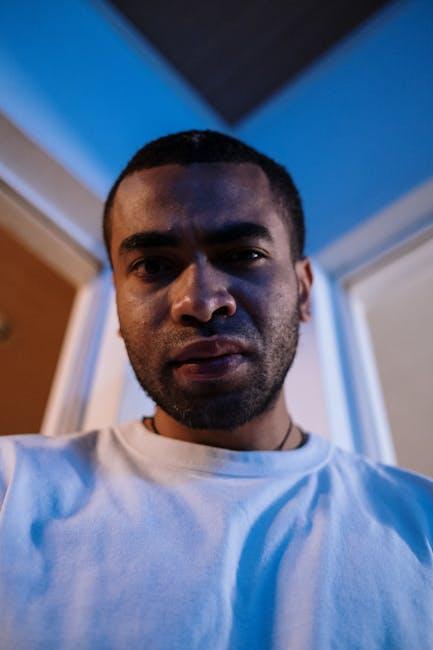
Facial Nerve Paralysis After Impacted Lower Third Molar Surgery: A Literature Review and Case Report – SciELO España
Impacted lower third molar (wisdom tooth) surgery is one of the most common oral surgical procedures performed worldwide. While generally safe, complications can occasionally arise, including the rare but serious issue of facial nerve paralysis. This article comprehensively reviews the literature on facial nerve paralysis following impacted lower third molar extractions, backed by insights from a recent case report published on SciELO España.
Understanding Facial Nerve Paralysis in Dental Surgery
The facial nerve (cranial nerve VII) controls muscles responsible for facial expression. Paralysis of this nerve post-dental surgery can lead to functional and esthetic disturbances – affecting speech, eating, eye closure, and emotional expression.
How Can Impacted Lower Third Molar Surgery Cause Facial Nerve Paralysis?
During surgical extraction, several mechanisms may injure the facial nerve or its branches:
- Direct trauma: Overzealous dissection or improper use of elevators and hand instruments causing nerve contusion or laceration.
- Local anesthetic injection: Intrafascial injection in close proximity or into the facial nerve may result in temporary paralysis.
- Compression or stretching: Excessive retraction of soft tissues surrounding the surgical site can cause neuropraxia.
- Postoperative inflammation or hematoma: Swelling may compress the nerve leading to dysfunction.
Literature Review Highlights
A review of SciELO España and other scientific databases reveals the following key points about facial nerve paralysis post-wisdom tooth extraction:
| Aspect | Findings |
|---|---|
| Incidence | Extremely rare, reported rates < 0.01% in routine extractions |
| Risk factors | Difficult impactions, inexperienced surgeons, deep anesthesia, prolonged surgery time |
| Symptoms | Unilateral facial droop, inability to close the eye, asymmetrical smile, numbness of the perioral area |
| Diagnosis | Clinical assessment, electromyography (EMG), imaging if necessary |
| Treatment | Usually conservative: corticosteroids, eye care, physiotherapy; surgical intervention in severe cases |
| Prognosis | Majority recover completely within weeks to months; some cases have residual deficits |
Case Report Summary from SciELO España
Patient Profile
A 28-year-old male underwent impacted lower third molar extraction under local anesthesia. The surgery was prolonged due to dense bone and difficult access.
Clinical Presentation
Within hours post-surgery, the patient exhibited inability to close his right eye, drooping of mouth corner, and absence of forehead wrinkles on the same side.
Diagnosis & Management
- Diagnosis: Immediate clinical diagnosis of peripheral facial nerve paralysis.
- Management: Systemic corticosteroids administered, eye lubricants prescribed to prevent corneal damage, and physiotherapy recommended.
- Prognosis: Gradual improvement noted at 4-week follow-up, with near-complete recovery by 3 months.
Benefits of Early Diagnosis and Proper Management
Prompt recognition and intervention of facial nerve paralysis are critical for:
- Preventing irreversible nerve damage.
- Reducing emotional distress caused by facial asymmetry.
- Ensuring eye safety, especially in cases affecting eyelid closure.
- Improving overall functional recovery.
Practical Tips for Dental Surgeons to Minimize Risk
To reduce the chance of facial nerve injury during impacted lower third molar surgery, clinicians should consider the following precautions:
- Thorough preoperative planning: 3D imaging to assess tooth position and nerve proximity.
- Gentle tissue handling: Avoid excessive retraction and trauma to soft tissues.
- Use appropriate anesthesia techniques: Avoid deep facial nerve blockade injections.
- Limit surgery duration: Experienced surgeons to reduce operative time.
- Inform patients: Discuss rare complications including facial nerve paralysis.
Frequently Asked Questions (FAQs)
Q1: How common is facial nerve paralysis after impacted wisdom tooth extraction?
It is very rare, with reported incidence well below 0.01%, but being aware of it is essential due to its significant functional impact.
Q2: Can facial nerve paralysis be permanent?
Most cases resolve spontaneously or with conservative treatment over weeks to months; permanent damage is uncommon but possible if the nerve is severely injured.
Q3: What should I do if I experience facial weakness after surgery?
Contact your oral surgeon immediately. Early evaluation and treatment can improve outcomes.
Conclusion
Facial nerve paralysis following impacted lower third molar surgery is a rare but clinically significant complication. Literature from SciELO España highlights the importance of early diagnosis, conservative management, and surgical precaution to optimize patient outcomes. Through meticulous surgical technique and patient education, dental professionals can minimize the incidence and impact of this complication. If you or someone you know experiences facial weakness after wisdom tooth extraction, prompt consultation with a specialist is crucial for the best chance of recovery.
Stay informed, practice safely, and prioritize patient care to handle even the rarest oral surgical challenges effectively.


